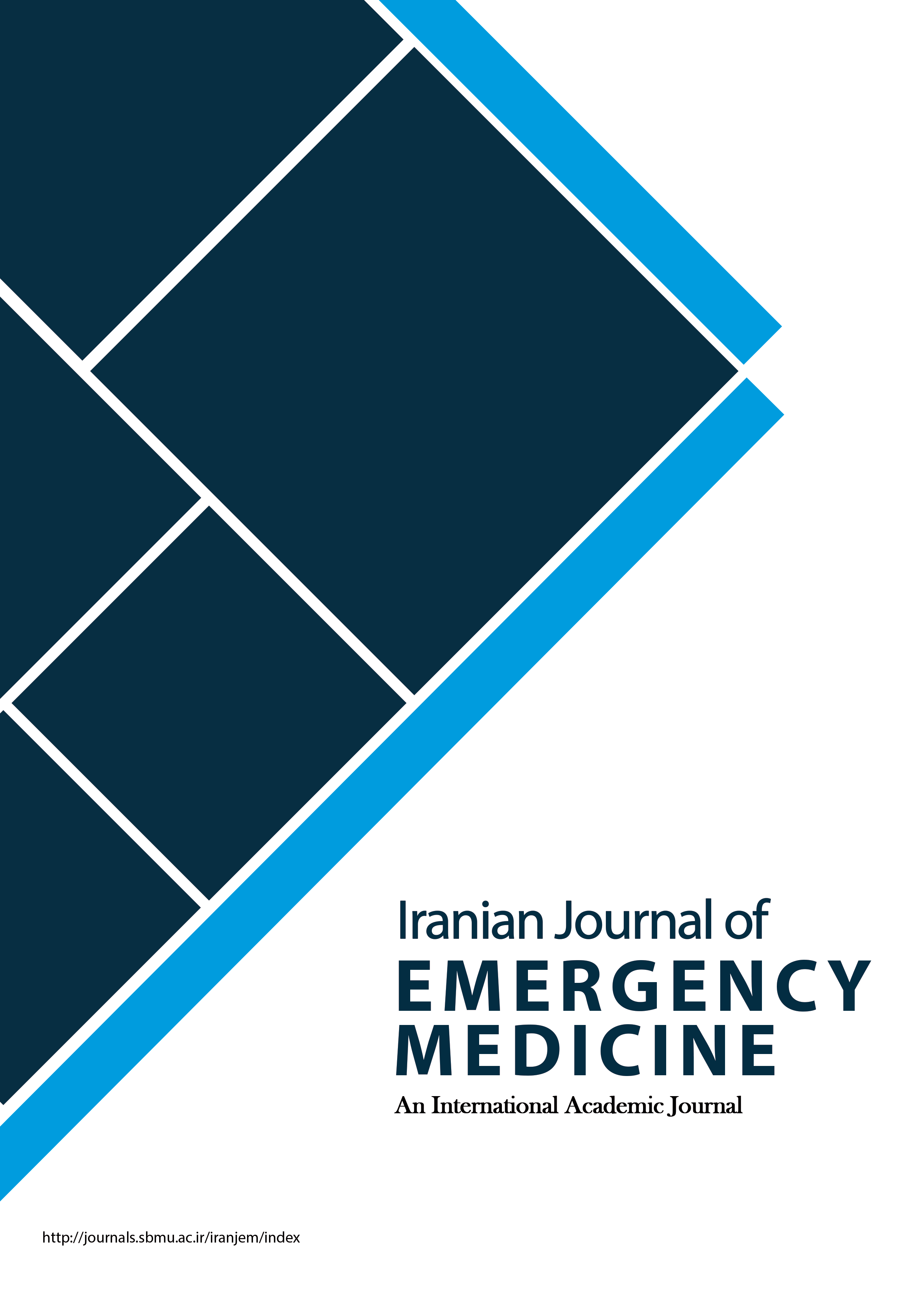Factors Related to Car Accidents in Maragheh-Hashtrood Road; A Cross Sectional Study
Iranian Journal of Emergency Medicine,
Vol. 7 No. 1 (2020),
28 March 2020,
Page e7
https://doi.org/10.22037/ijem.v7i1.25905
Introduction: Trauma related to car accidents are among the most common type of trauma. The purpose of this study was to investigate the two-year road accidents of Maragheh-Hashtroud in terms of causes and factors lead to accidents. Method: This is a retrospective descriptive study. Sample size includes all patients with traffic accident in 2017 and 2018 consecutive years hospitalized in Amiralmomenin Hospital of Maragheh, Iran. Convenient Sampling was done. Data were analyzed using SPSS version 19. Result: 150 injured cases were investigated. Accidents occur more often in young people and men. Failure to pay attention to traffic rules and attention and concentration disorder is the most important cause of accidents. Conclusion: The human factor is the most important cause of traffic accidents, which occurs mostly due to non-observance of traffic rules and drowsiness.
Key words: trauma, accident, traffic accident, motor vehicle



